
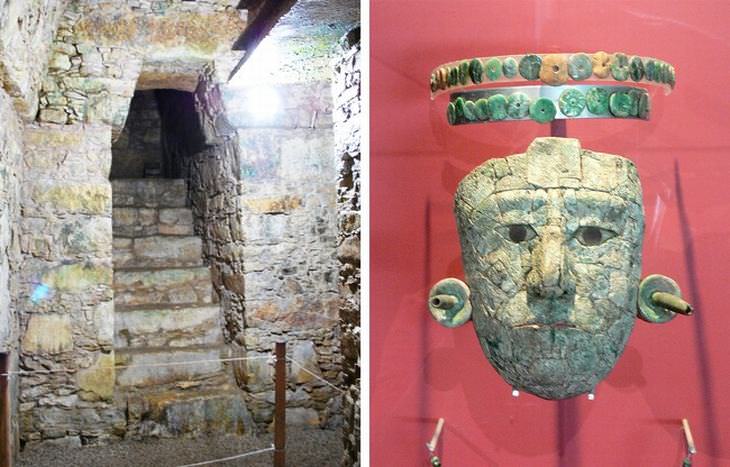
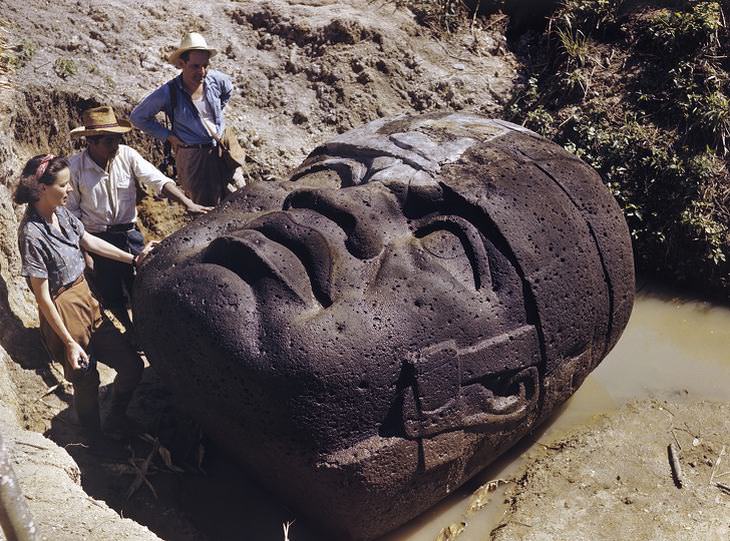

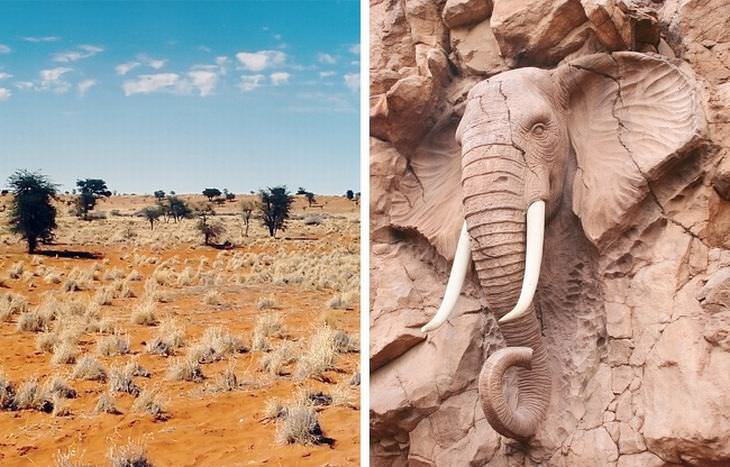
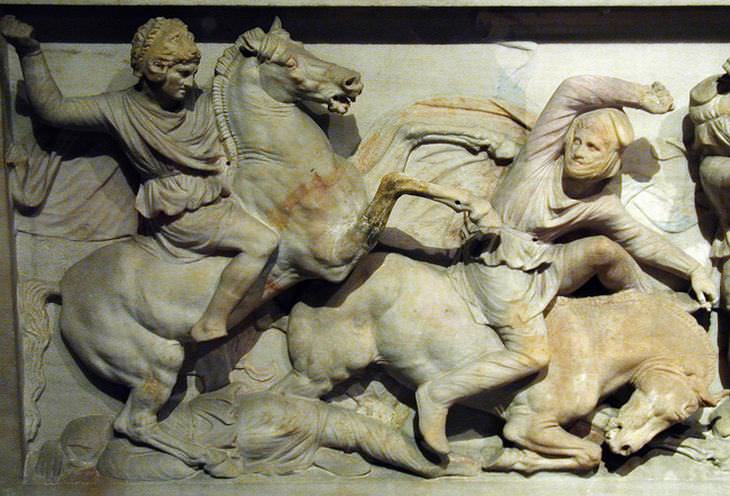
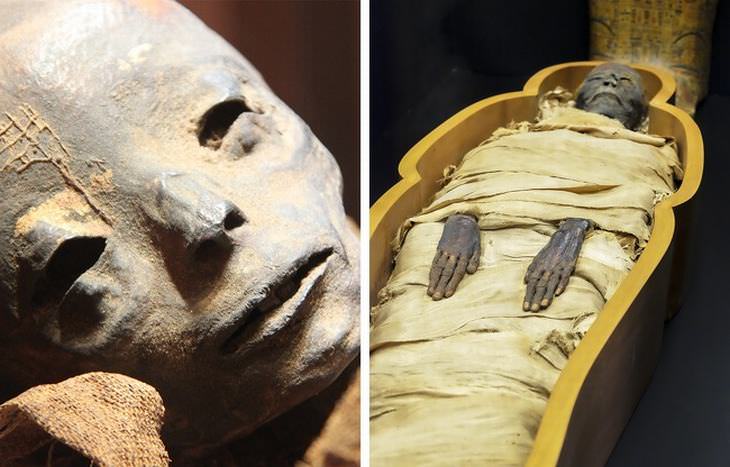
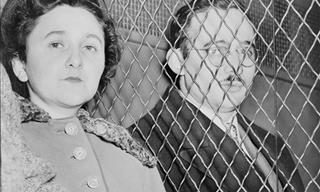
These Are Quite Possibly the Most Famous Undercover Agents
Few individuals are equipped and trained for the work of a spy, but those that are live on in infamy, like these 7 famous spies
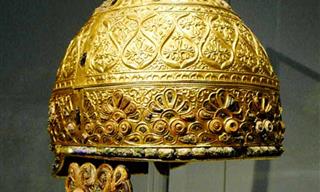
7 Ancient Helmets That Will Blow Your Mind
In this article, we will be taking an up-close look at 7 ancient helmets and their archeological, cultural, and historical background.

These Inventions Changed the World Beyond All Recognition
Some inventions meant that the world changed beyond all recognition. In this interactive video post, you'll see nine of the greatest.

This is The OLDEST American Motorcycle Company
Of these 10 motorcycle manufacturers, only 2 are operating today. Can you guess the two?

10 Shocking Mysteries From Human History
10 incredible mysteries we know very little about.
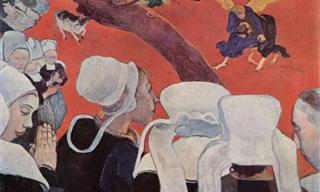
Paul Gauguin's Art: What Hides Behind These Paintings?
He was an inspiration and an innovative artist. Today we will review 10 of Paul Gauguin's most influential works.
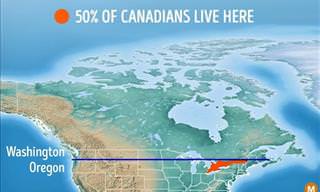
10 Cool Maps That Show How Much Unpopulated Space There Is
These maps will utterly surprise you when you realize just how unevenly the world's population is spread out. Most of the world is quite free of people!

17 Extremely Dangerous Foods That Could Kill You!
From toxic fish, to monkey brains, you'll be surprised at what some people would risk just for a taste of these dangerous "delicacies".

20 Unforgettable Last Words Spoken By Famous People
There’s something poignaant about reading famous last words.

Learn Something New Today With These Mind-Blowing Facts
These intriguing facts will teach you something new today.
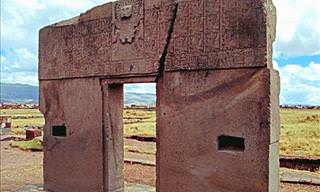
12 of the Most Inexplicably Weird Things Ever Discovered
In the world, a lot of discoveries often raise more questions than they answer. Here are 12 of the most inexplicably weird things and places ever found.

The 10 Greatest British Monarchs in History
Do you know about the greatest monarchs in British history? Don't fret if you don't, because you're about to learn all about them right now.

These Tips Will Help You Start Reading Again
Reading skills not as strong as they were in the days of yore? Here are my tried-and-true tips to help you get back on the reading horse.

These Photos Make Sure We Will Never Forget WW2
These photos document some of the moments of this epic yet haunting time in our history. I hope that future generations will not forget the lessons that war has taught us.
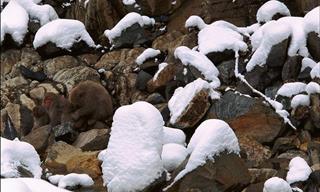
Can You Spot the Camouflaged Creatures in These Photos?
These wonderful animals have gone into hiding. Can you find them? If not, just click on the photo to reveal all!

24 Classic Books That Give You Important Life Lessons
Here is a look at ten great classic books that have some deep underlying moral lessons for all of us.
 4:53
4:53
WATCH: Old Hollywood Legends Bring 'Uptown Funk' to Life
These vintage stars grooving to 'Uptown Funk' will make your day.
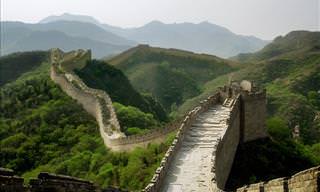
Amazing! 7 Facts That Have Changed Since Your School Days!
Over time, facts we consider to be completely true can change. Here are 7 facts that have changed since your school days.

The True Scale of These Things Will Really Surprise You!
Did you know that there are actually a lot of things in our world that are far bigger in reality than most people would expect. Here of 20 of them.

25 Incredible Facts About the Famous Genghis Khan
Genghis Khan struck fear into the hearts of his subjects during his reign, but there's a lot more to the man than meets the eye. Here are 25 intriguing facts.
 8:36
8:36
Take a 4K, Vivid Walk Through the Streets of 1911 New York
Watching this 110 year old restored video if New York actually feels like a glimpse to a time long gone.

From the Photo Albums of Very Famous People...
See how celebrities looked in their youth, in photos from their everyday life before fame.

The English Samurai: The True History Behind 'Shogun'
In this article, we will look at the TRUE history behind the celebrated book Shogun.

There is No Greater Blessing than Your Family
Beautiful Words: Having a family to care for is a blessing.
 18:09
18:09
This is How You Can Tame Your Wandering Brain
External and internal distractions diminish our attention’s power, but some simple techniques can boost it. Find out more with this informative TED-Ed video.
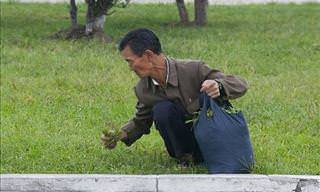
These Pictures Smuggled out of North Korea Will Shock You
Shocking photos that reveal what life really is like in North Korea.

These Female Celebs Have Aged Like Fine Wine (28 Pics)
These female celebrities are aging just like fine wine.

Your Mind Does Play Tricks On You, Say Neuroscientists
There are many sensory tricks that your mind plays on you. Find out about the different phenomena that neuroscientists have discovered over the decades.
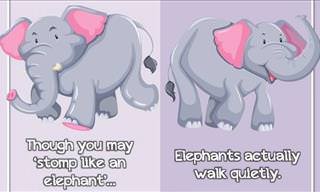
The Truth Behind These Animal Myths Will Shock You
Here are a list of facts about animals we thought to be true.

8 Books That Predicted the Future With Strange Accuracy
It always feels eerie when the future is predicted correctly and it turns out literature is full of such accurate forecasts. These 8 novels were particularly spot on.
 4:02
4:02
The Battle of Midway: Exploring a Decisive WWII Victory
In this clip from the history channel, we dive deep into the great naval fight - the Midway Battle.

17 Inventive Wedding Invitations No One Would Say No To
Some wedding invitations are pretty bland, but not these genius creations. Here are 17 invitations that no one would ever turn down.

How Many Babies are Born a Day? Surprising statistics
Large numbers, small doses. Here's everything you wanted to know about statistics, in short, precise answers.
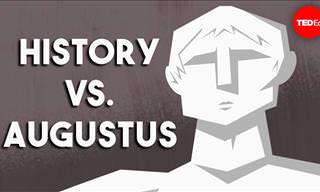 5:11
5:11
Emperor Augustus: How Does History Judge Him?
When speaking of great Roman emperors, perhaps the first that comes to mind is Augustus, who reigned for 41 years and is thought of as the founder of the Roman principle.

10 Things You Didn't Know Were Invented By Native Americans
Learn about some super useful inventions that the Native Americans contributed to the world.

You'll Never Guess How These Optical Illusions Work
Here are three incredible optical illusion videos that have taken the internet by storm. Can you solve the mysteries that you're about to see?
 12:21
12:21
Yasuke: The Story of the African Samurai
The incredible historical story of an African man who went to Japan on a Portuguese ship and never came back, remaining as a powerful Samurai named Yasuke.

6 Creepy Mysteries the World Never Solved
There are some mysteries that, despite scientists’ best attempts, still remain unsolved to this day. Here are 6 such mysteries.
 15:12
15:12
Nostalgia - '70s Teenagers Recalling the Good Times
These groovy 70's teenagers, now proud parents and grandparents, sit for a chat with their younger relatives to compare adolescence now and then.
 2:04
2:04
Don’t Throw Away Your Used Teabags Just Yet
Teabags aren’t only for making delicious cups of teas. Find out what other uses they hold in this helpful video.

How We Came to Play: The Origins of Playground Games
The fun games we played in our childhood had some interesting origins.
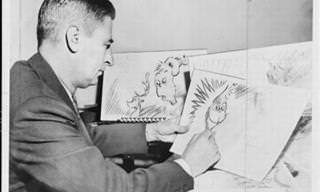
Travel History With These Amazing Photos of Yesteryear
Amazing photos reveal 150 years of history.

It’s a Shame We Stopped Using These 17 Old English Words
These 17 old words are definitely missing in our modern vocabularies and deserve to be brought back into day-to-day speech

Did You Know How Incredible You Were in Your Youngest Days?
Your baby self was incredible! Here are some facts to back this statement up...

7 Mythical Characters Who Actually Existed
Did you know that there are some characters from mythology that might have existed in real life? Let's find out about some of them.
 5:02
5:02
Watch a Thai Chiropractor Fixing a Spine With a Hammer!
Thailand is a country that's known for specializing in many different kinds of massages, but would you dare be massaged by a man wielding a hammer?

I Just Wanted to Say: Have a MERRY CHRISTMAS!
Choose from our lovely selection of greeting cards and share your deepest wishes with your friends and family, to celebrate this blessed time of the year!


